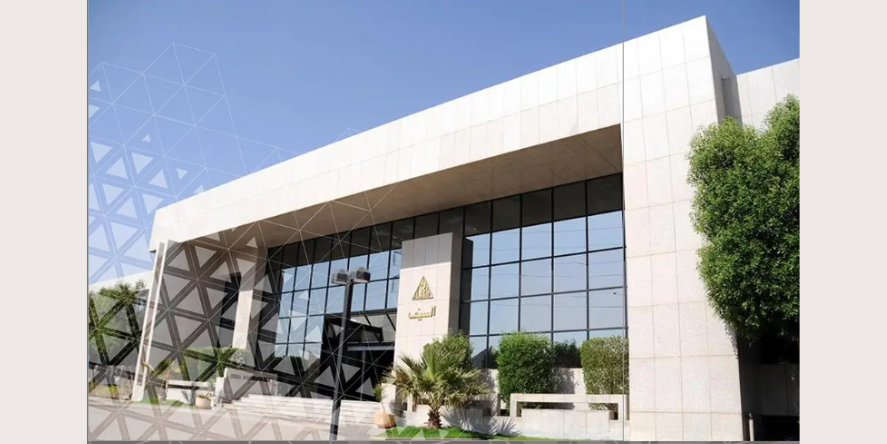The integration of drones into urban spaces is no longer a far-fetched idea; it is becoming a reality. Drones, belonging to the quadrocopter family, also known as unmanned aerial vehicles (UAVs), have the potential to revolutionize by improving urban planning, construction, and emergency response. Initially being a niche technology they were primarily used for military purposes, but now their use has become quite cosmopolitan, reshaping various industries and everyday life. These unmanned aerial vehicles soaring above our cities provide a fresh perspective and invaluable data to urban planners. By capturing high-resolution images and conducting aerial surveys, drones offer a bird’s-eye view that was once unimaginable. Drones have become a common sight in all our major outdoor and indoor events and reports suggest that there could be almost 41 trillion drones in the air by 2043.
Regulations on drone Usage:
Drone flights, like aeroplanes, are governed by the Civil Aviation Authority. They have established clear procedures for managing drone operations and mitigating the dangers connected with their use. Recently, the UAE government created many laws to oversee its operations and designs. In a bid to enhance security measures and regulate the use of remote-controlled drones, Saudi Arabia’s Interior Ministry has laid out certain rules in its usage. These law came to light after an incident where a drone was caught and shot down flying over a residential neighborhood in proximity to the royal palace in Riyadh. It raised concerns about unauthorized use of drone near sensitive locations. The Saudi law incorporates flying permit and registration from GCAA /DCAA, flying only in the approved fly zone(Green Zone) and much more. These regulatory laws strike a balance between innovation and responsibility, ensuring a safer and regulated air space.

How drones are enhancing urban planning:
Drones have revolutionized the field of urban planning by offering a faster and more efficient alternative to traditional mapping and surveying methods. These agile gadgets can cover large regions quickly and provide precise aerial pictures of city landscapes and architecture. They enable city planners to make educated decisions about land use, zoning, and infrastructure development by allowing them to access difficult-to-reach locations. They can help create 2D and 3D designs of landscapes for better local geographic information to visualise results that align properly with the plans of the cities and the architecture. The lack of precision data for proper BIM( Building Information Modeling) designs, lack of accurate road vectors, satellite imagery, time and skilled labor, can be quite a challenge. The drones, with their high quality visuals could overcome most of these challenges. Drones offer a versatile platform for monitoring various aspects of the smart city infrastructure. They can be equipped with sensors to measure air quality, noise levels, traffic flow, and other environmental parameters. By collecting and analysing this data, drones provide valuable insights for optimising urban systems and improving the overall quality of life for residents.

Smart City Revolution in MENA:
The MENA region, which includes nations such as the United Arab Emirates, Saudi Arabia, and Qatar, has long been associated with affluent cities and great architecture. However, in recent years, many communities have set their eyes on a new goal: transitioning into smart cities. Driven by a drive to improve livability, sustainability, and efficiency, MENA’s cities are embracing emerging technology to create a harmonious combination of tradition and innovation. The rise in the usage of drones is also remarkable, as more investments are being made in the production as well as the procurement of these UAVs. Middle East has been emerging as a beacon of innovation with its smart city projects, such as Masdar City in Abu Dhabi, King Abdulla Economic City in Saudi Arabia, Lusail City in Qatar, and Smart Muscat in Oman. These urban centers are more than simply urban hubs; they are living, breathing creatures that adapt and evolve to fulfill their residents’ ever-changing requirements. They aim to set a new standard for eco-friendly urban development.
MENA region has been putting forth its best efforts to pave the way for the cities of tomorrow. As these UAVs continue to advance, their potential impact on smart cities is limitless. However, the widespread adoption of drones in smart cities comes with its own set of challenges. One of the key obstacles is the development of robust drone networks and monitoring systems. As the number of drones in urban airspace increases, effective traffic management and integration with existing infrastructure become crucial. Regulatory frameworks must be established to ensure the safe and responsible use of drones in smart cities. Privacy concerns and public acceptance also need to be addressed to build trust and foster positive engagement with drone technology.

A Future called Drone City
As the concept of smart cities continues to evolve, drones are emerging as a driving force behind urban innovation. From urban planning and construction to emergency response, these unmanned aerial vehicles are revolutionizing cities’ operations. By harnessing the power of little gadgets, smart cities can enhance efficiency, reduce costs, and improve lifestyle. Actionable drones play a major role in making cities safer by connecting directly to emergency response centres. They can be useful in public safety concerns by providing real-time footage for proper law enforcement. Additionally, drones can help in crime scene preservation by remotely mapping and documenting incidents for forensic investigation. During emergencies such as fires, chemical spills, or natural disasters, drones prove to be invaluable assets. These aerial devices can fly over buildings and obstacles, generating high-resolution and 3D mapping to identify areas that have sustained damage. Live videos from drones provide real-time intelligence to help centres and rescuers, enabling swift and informed decision-making. Drones can also be utilized to deliver critical supplies, such as food, water, and medical resources, without putting rescue workers at risk. As technology advances, the potential applications of drones in smart cities will only continue to expand, creating a more sustainable and connected urban future.










